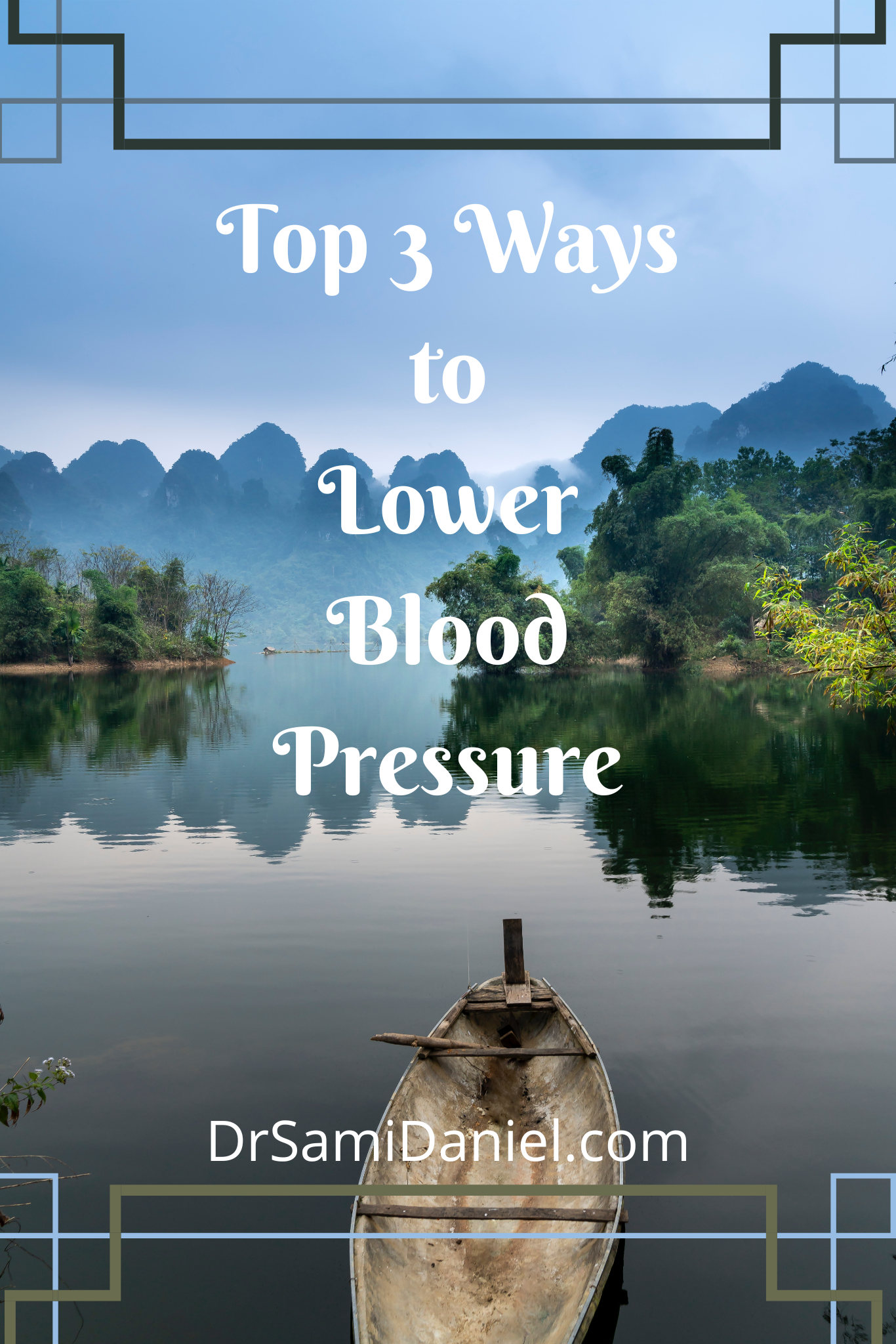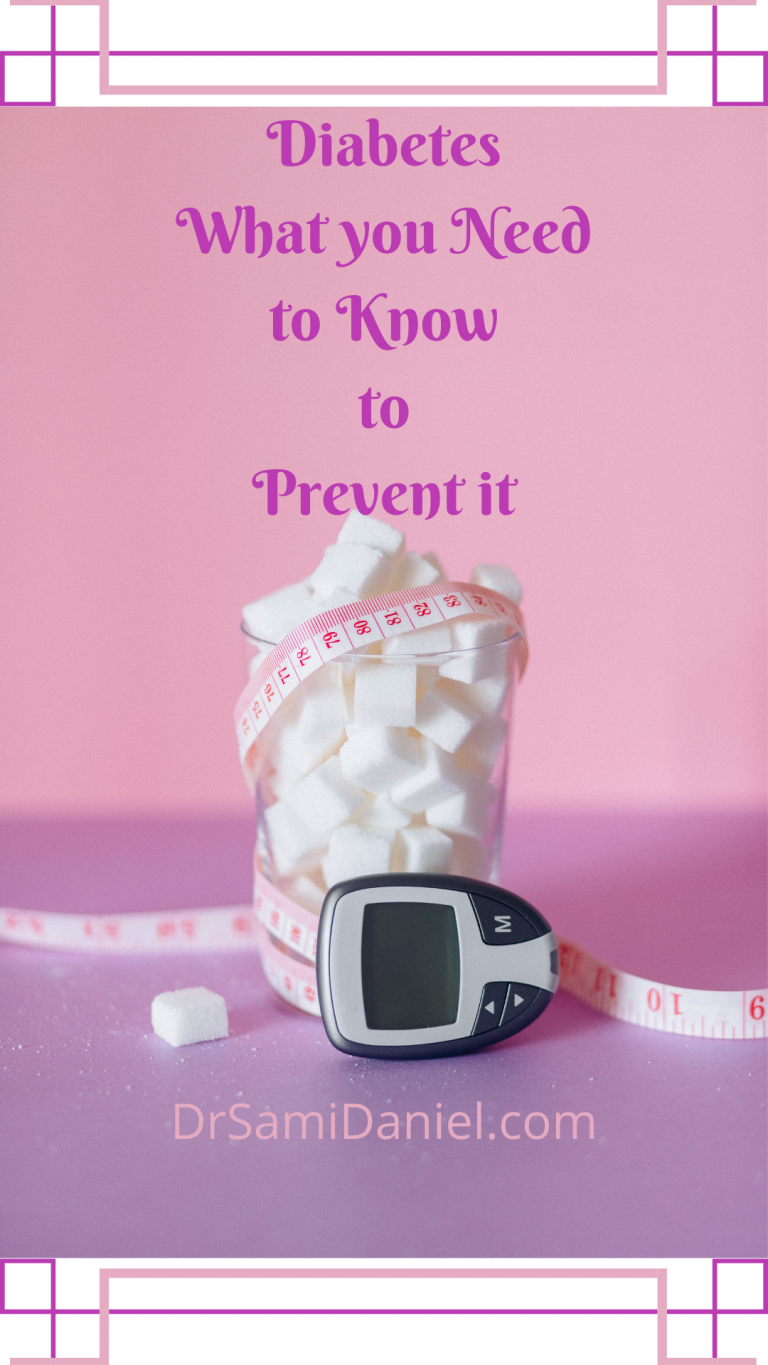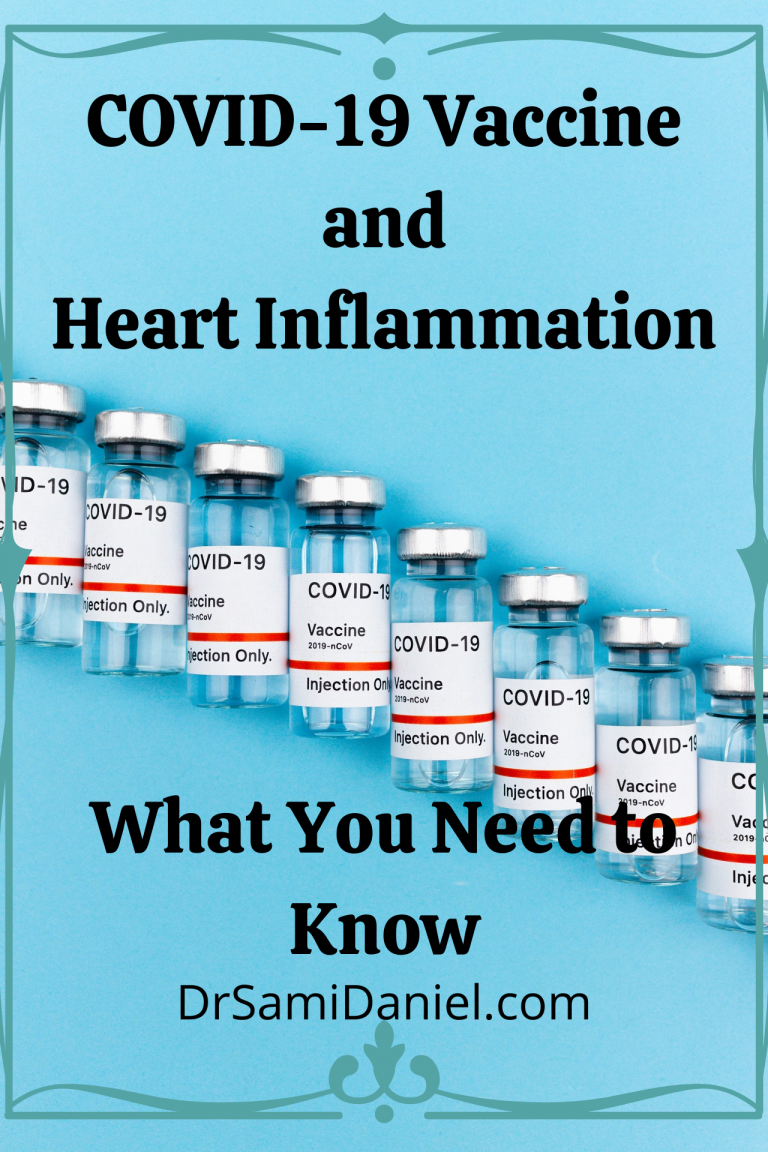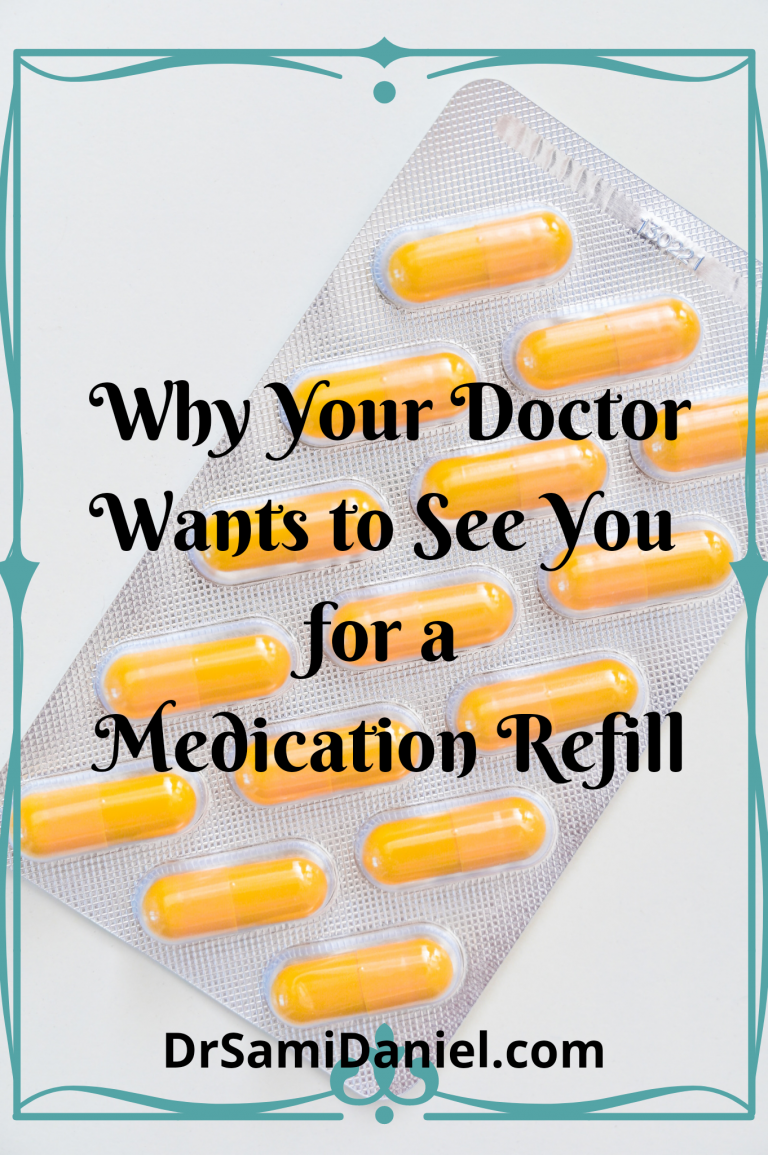Top 3 Ways to Lower Blood Pressure
Blood pressure is very important to control. It is known as “the silent killer”.
People often live their lives without realizing they have uncontrolled high blood pressure. This can damage blood vessels and lead to heart attack, stroke, and kidney failure.
High blood pressure does have a few warning signs including but not limited to:
- Headache
- Vision changes
- Chest Pain
- Shortness of breath
- Abdominal pain
- Nausea/vomiting
- Swelling of the legs
But the weird thing is that these hardly seem like warning signs to the average person.
People may often think they need to go to the eye doctor if their vision gets blurry (an indication of high pressure in the eye and possible damage to the retina) or part of their visual field disappears (an indication of stroke).
Others may not think much of a simple headache (an indication of high pressure in the skull) and simply take a pain killer like Tylenol.
Doctors pay attention to the constellation of symptoms that might appear and are acutely aware of the problems that can result from uncontrolled blood pressure.
Therefore Doctors help you take steps to identify high blood pressure, bring it under control, and avoid potentially deadly complications.
Your Doctor knows of the best ways to lower your blood pressure without medication.
Just be mindful that these are often used in combination with medication to control blood pressure quickly.
I will explain them here so you can have an educated discussion with your Doctor and get back to making plans with your family.
1. Weight loss
Studies have found a direct association between blood pressure and weight as noted by Dr Stamler’s team.
The Framingham Heart Study went on to find the link between weight and cardiovascular disease which leads to heart attack, stroke, and kidney failure.
There are always exceptions to any rule.
A person who is “overweight” or “obese” may still have normal blood pressure. And a person who is considered a “healthy weight” can have high blood pressure.
Another caveat is that two people can weight exactly the same even though one is considered obese and the other is in shape.
With these special considerations aside, Dr. Neter’s team found that every kilogram of body weight lost improves blood pressure by 1 mmHg on average.
So for every 2.2 pounds of fat lost, blood pressure goes down by about 1 mmHg on average.
So losing about 22 pounds of fat can improve most people’s systolic blood pressure by about 10 points.
To put this in perspective, a blood pressure of 130/80 mmHg to 139/89 is considered Stage 1 hypertension and therefore considered to be high blood pressure. But a blood pressure of 120/80 or less is considered normal according to the current guidelines of the American Heart Association. So 10 points can make a big difference!
Bonus!
Obesity is linked to obstructive sleep apnea. According to Dr. Wolk’s team 40% of people with obesity suffer from obstructive sleep apnea. And 70% of people with sleep apnea are obese.
This means that 4 out of 10 people who are obese will likely have obstructive sleep apnea.
This also means that 7 out of 10 people who have sleep apnea are diagnosed with obesity.
Therefore weight loss will improve sleep quality as well as blood pressure.
With less belly fat comes better oxygenation of blood during sleep. Excess abdominal fat can prevent the lungs from filling with air completely when lying down at night.
Over time, this sets off a response by the body to increase blood pressure in order to obtain more oxygen.
So talk to your Doctor about getting a sleep study to diagnose sleep apnea as well as weight loss strategies including diet and exercise.
2. DASH Diet
The DASH diet was found to improve systolic blood pressure by 5.5 mmHg and diastolic blood pressure by 3.0 mmHg in a landmark study back in 1999 by Dr. Appel’s team.
Appel et al. had found that a combination diet rich in fruits, vegetables, low fat dairy products, as well as reduced saturated and total fats had the greatest impact on blood pressure.
His team tried a diet rich only in fruits and vegetables with no saturated or total fats. This did help blood pressure, but not as much as the combination diet.
What nutrients are found in the combination diet?
Potassium, calcium, and magnesium which are found in whole foods rich in fiber such as vegetables, fruits, beans, nuts, and whole grains.
In fact, their combination diet included:
- 5.2 servings of fruit
- 4.4 servings of vegetables
- 7.5 servings of grains
- 2.0 servings of low fat dairy
- 0.7 servings of regular fat dairy
- 0.7 servings of nuts, seeds, and legumes
- 0.5 servings of beef, pork, and ham
- 0.6 servings of poultry
- 0.5 servings of fish
- 2.5 servings of fat, oils, and salad dressing
- 0.7 servings of snacks and sweets
DASH diet does not reduce sodium, but it helps
The minerals found allow the kidneys to release sodium even if it senses lower sodium levels. This will indirectly help reset blood pressure levels back to normal.
This diet is not for everyone
People with chronic kidney disease definitely need to speak with their Doctor first before trying this diet.
If your kidneys cannot pass away the extra potassium through urine, the increased levels can cause dangerous heart palpitations and arrhythmias.
So if you are thinking of starting a DASH diet to help your blood pressure levels, speak with your Doctor to make sure your kidneys are in peak condition.
3. Reduce Sodium
Often, the first piece of advice a Doctor gives a patient with high blood pressure is to cut down their sodium intake.
The blood pressure might improve a little bit. But then it might go back up. So what happened?
The kidneys play a major role in maintaining blood pressure. They do this by monitoring sodium levels in the blood.
If sodium is too low, they do not let any sodium escape in the urine. If sodium levels are high, they can relax just a little.
Why is sodium important?
Where sodium goes, water flows.
So if the kidneys sense low sodium in the blood, they will sequester sodium and put it back in the blood. This will draw more water back into the blood. And with more water inside of blood vessels, there will be greater pressure.
The problem is that our kidneys only monitor sodium levels. They do not understand if blood pressure is too high or too low.
So if the kidneys see low sodium, it will sequester sodium and draw water into the blood vessels even if a person already has high blood pressure.
How do we reset the system?
Dr. Vollmer’s team found that a combination of 2 strategies works best:
- Reduction of dietary sodium
- The DASH diet
This strategy helped decrease systolic blood pressure (the upper number) by 7.0 mmHg and diastolic blood pressure (the lower number) by 3.8 mmHg. (Vollmer et al.)
As mentioned before, this diet is not for everyone. So speak with your Doctor prior to starting a new diet plan.
Conclusion
Medication may be required to control blood pressure quickly. But if you speak with your Doctor and apply these methods, you may be able to reduce your need for medications over time.
Great ways to help decrease your blood pressure include but are not limited to:
- Weight loss
- DASH diet
- Sodium reduction
However speak with your Doctor before starting anything new so that the whole process is monitored and safe.
Please leave questions and comments below. Keep in mind they may be great questions for your Doctor as well.







